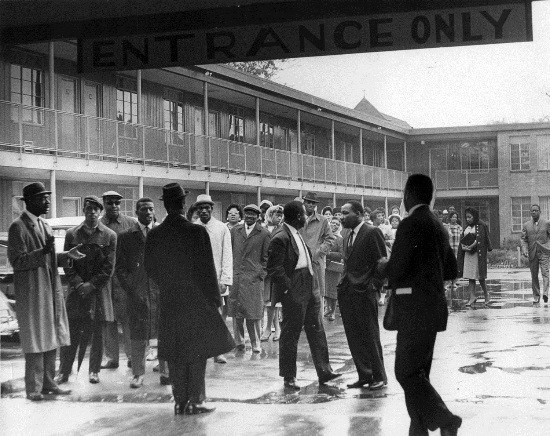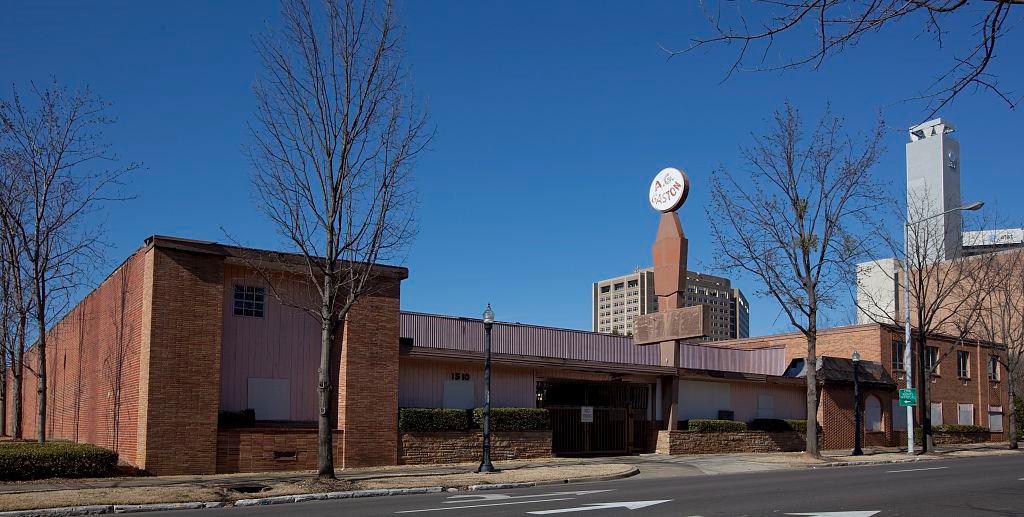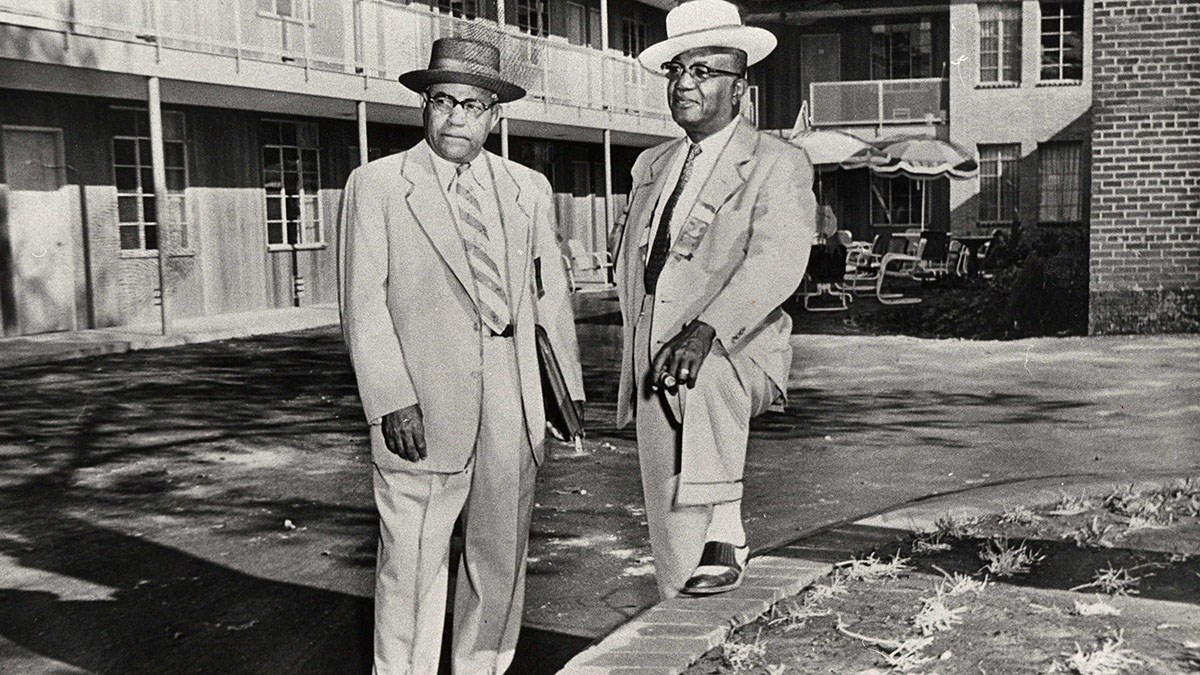Last updated: May 21, 2019
Article
A.G. Gaston Motel Partnership: The City of Birmingham and the National Park Service
The Gaston Motel and Birmingham Civil Rights National Monument
Birmingham Civil Rights National Monument was created by presidential proclamation on January 12, 2017, to honor the nonviolent protestors that fought against discriminatory state and local laws and practices in the 1960s. Encompassing roughly four downtown blocks in Birmingham, Alabama, the national monument interprets the history of places crucial to the struggle for civil rights: the 16th Street Baptist Church, Kelly Ingram Park, the 4th Avenue Historic District, and the A.G. Gaston Motel, in addition to other resources. Through a management framework, the Gaston Motel is jointly managed by the City of Birmingham and the National Park Service (NPS).
The Gaston Motel encompasses a 0.88 acre parcel of land at 1510 Fifth Avenue North in Birmingham. The motel was built by prominent African American businessman and entrepreneur Arthur George Gaston in 1954. At a time when the city enforced the segregation of public accommodations including parks, pools, playgrounds, hotels, restaurants, theaters, buses, and elsewhere, the Gaston Motel provided a restaurant and modern accommodations and services to African American travelers.

Birmingham Public Library Archives (1125.11.20A2)
Further, the motel was used as the headquarters for the Southern Christian Leadership Conference (SCLC) and the Alabama Christian Movement for Human Rights (ACMHR) during the peak of the Birmingham civil rights movement. Project C – for confrontation, also known as the Birmingham Campaign, was organized by the SCLC and ACMHR to challenge Birmingham’s segregated business practices during the busy Easter season through nonviolent direct action beginning in early April and lasting through May 1963.
The Gaston Motel was an important resource in the realization of the campaign and housed strategy sessions, meetings, and press conferences, in addition to providing lodging and social space. The direct action campaign brought the fight for civil rights in Birmingham and across the south to the world’s attention. The organization and execution of Project C at the Gaston Motel, in tandem with other coordinated efforts, ultimately helped to end racial segregation in public accommodations in Birmingham and beyond.
Joint Management
U.S. Representative Terri Sewell stated earlier this year that, "with this designation, our historic preservation efforts in Birmingham will be enhanced, greater economic revitalization will occur, and it will forever cement the pivotal role Birmingham played in the Civil Rights Movement."
Previously owned by the City of Birmingham, a 0.23 acres portion of the Gaston Motel parcel was deeded to the NPS in 2017 for the preservation and interpretation of the motel. The portion of the Gaston Motel now owned by NPS includes the southwest corner of the building, comprising guest rooms on the first and second floors and a portion of the entrance drive. This section was used by Dr. Martin Luther King Jr. and the SCLC and ACMHR during the Birmingham Campaign.
The city and the NPS entered into a framework agreement to establish mutual goals and responsibilities for the shared stewardship and preservation of the motel. The framework agreement outlines the financial commitments to the restoration and rehabilitation of the Gaston Motel, as well as the roles for interpretation, staffing, management, and operations of the property.
The two parties will establish a joint management team and collaborate on planning and management initiatives including long-range interpretive plans, scope and care of collections, resource management plans, communication strategies, outreach activities, and other projects. In spite of having multiple owners, the goal is to provide seamless visitor services and consistency of experience.

Carol Highsmith, Library of Congress
The cooperation and joint management will benefit the public by rendering better, more cost effective, and more abundant services with increased efficiency. The management framework further includes the directive to create additional partnerships with the variety of public and private owners associated with the national monument and the city.
The motel has been vacant since the mid-1990s and is in a state of disrepair. The NPS is currently researching the history of the Gaston Motel through photographs, city records, and floor plans in order to restore the exterior of the structure and some of the room interiors. A Historic Structures Report completed for the Gaston Motel in November 2016 by Lord, Aeck, and Sargent, Inc. will guide the work to restore the motel to the reflect the 1954 to 1968 period. The motel will be developed to accommodate visitors but is currently closed to the public.
Sources & Further Reading
Birmingham Civil Rights National Monument, Foundation Document Workshop, October 17-19, 2017. National Park Service, Department of the Interior.
Erin Edgemon, “Birmingham to deed portion of A.G. Gaston Motel to fed in National Park Plan,” October 26, 2016. http://www.al.com/news/birmingham/index.ssf/2016/10/portion_of_ag_gaston_motel_to.html
“Birmingham Civil Rights National Monument.” National Park Service, Department of the Interior. https://www.nps.gov/bicr/
Erin Edgemon. “Reggie Tiller Shaping Alabama’s 2 new National Parks,” June 21, 2017. http://www.al.com/news/birmingham/index.ssf/2017/06/post_319.html
“A.G. Gaston Motel,” National Treasures, National Trust for Historic Preservation. https://savingplaces.org/places/a-g-gaston-motel#.WgnPq1tSxEY

